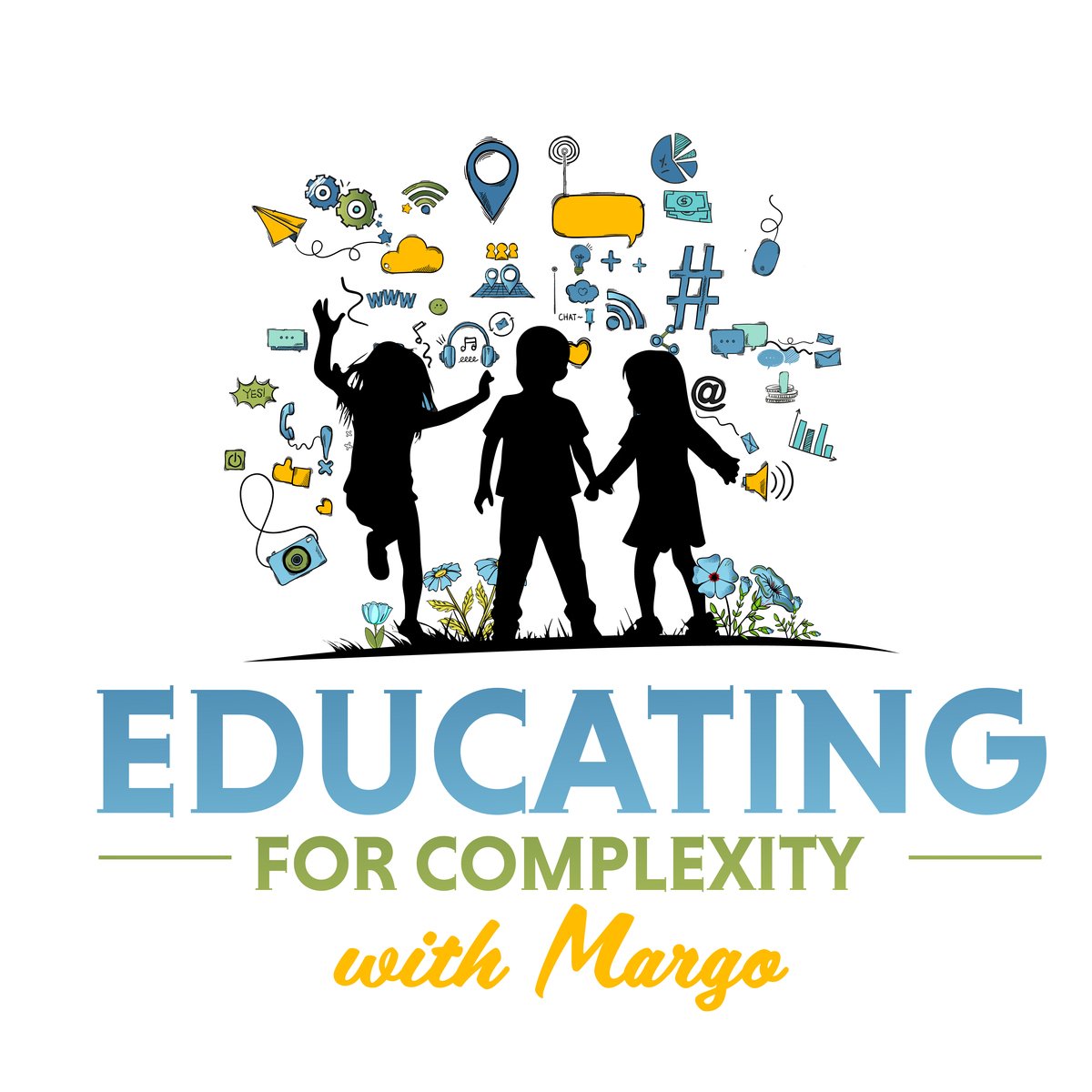Busting Learning Myths: What We Still Get Wrong About How Kids Learn
Over a decade ago, Carol Dweck’s groundbreaking book Mindset transformed how we think about learning, effort, and intelligence. Her research introduced the world to the power of growth mindset—the idea that intelligence is not fixed but can be developed through perseverance, effort, and embracing challenges. Her work still has impact today. This afternoon, I was wondering rooms observing an Action fair for PYPX, and I could not help but notice the number of growth mindset strategies and pictures on doors throughout the building. While Carol Dweck gave us a framework to rethink the psychology of learning, science has supported our confidence as parents and educators. Neuroscience supports the power of the growth mindset,, showing that the brain forms new connections and strengthens over time with practice and learning.
While Dweck’s work has shaped how teachers, parents, and leaders approach learning, there are still outdated ideas about intelligence and the ability to persist. These myths, often embedded in everyday conversations with children, can subtly limit their potential. That’s why I was excited to come across Daniel Leonard’s article, “7 Learning Myths Your Students Probably Believe.” It sheds light on the most common misconceptions that still hold students back—and what we can do to change the narrative.
Myths That Linger in Our Conversations with Kids
Some learning myths are deeply ingrained, showing up in statements like:
🗣 “I’m just a creative type.”
🗣 “I’m not good at math.”
These beliefs often stem from two persistent myths:
1. The Left Brain vs. Right Brain Myth
The popular belief that people are either “left-brained” (logical, analytical) or “right-brained” (creative, artistic) is completely false. You’ve probably seen those viral images—half the brain splashed with color, the other side covered in mathematical equations. They reinforce a false divide between creativity and analytical thinking. Why should a kid align with one side.
Source of the myth: almaty.com
🧠 Reality check: The brain functions as an integrated network. Creativity and logic are not confined to separate halves of the brain. In fact, some of the most creative thinkers—engineers, musicians, and even mathematicians—excel precisely because they use both. Einstein was a musician and a scientist! Instead of entertaining these limiting beliefs, we should encourage kids to embrace challenges as opportunities to grow and explore everything. Math and art? They can go hand in hand!/
2. The Learning Styles Myth
Another widely accepted—but scientifically unsupported—idea is that students learn best when taught in their “preferred learning style” (visual, auditory, or kinesthetic). We have a lot of viral images littering the internet to support this too. See below. While students may have preferences, no research supports the claim that catering to these preferences improves learning.
/
Source: https://oaklearners.ca/
📚 Reality check: Effective learning happens when kids engage with material in multiple ways. When we limit students to just one mode of learning, we restrict their ability to adapt, explore, and think critically. The real world demands flexibility—so students should be encouraged to engage in a variety of learning experiences, even when they feel uncomfortable.
Why These Myths Matter
As parents and caregivers, we often hear these myths creeping into our conversations. It’s tempting to let kids stick to what they’re comfortable with, especially when they struggle. But real learning happens in the stretch zone—the space between “I can’t do this” and “I can’t do this yet.” Instead of reinforcing their fixed beliefs, we can:
✔ Reframe challenges as growth opportunities
✔ Change the language we use to encourage perseverance
✔ Push past tunnel vision and broaden their experiences
Other Learning Myths We Need to Squash
While the the first two were the myths that I hear often, Leonard’s article highlights five more myths that undermine student success:
❌ Myth: Intelligence is Fixed
✔ Truth: Intelligence can grow with effort and learning. One test score doesn’t define a child’s ability.
❌ Myth: You Can Multitask Effectively
✔ Truth: The brain can only focus on one task at a time. Multitasking actually reduces productivity and comprehension.
❌ Myth: Talent Beats Hard Work
✔ Truth: Grit and perseverance are stronger predictors of success than natural ability.
❌ Myth: Learning is About Filling Your Brain
✔ Truth: Learning isn’t just about memorization—it’s about making meaningful connections between new and existing knowledge.
❌ Myth: Cramming Works Best
✔ Truth: Spaced repetition and distributed practice lead to deeper, long-term learning. Last-minute studying is ineffective.
Final Thoughts
Our words shape how children see themselves as learners. If we want kids to become confident, capable problem-solvers, we need to challenge outdated beliefs and replace them with research-backed strategies that truly support learning.
The world is not just constantly changing - it is doing so at an unprecedented pace. We are in the fourth industrial revolution which is redefining how we work, learn and connect.. We have to be intentional in our way of being and attentive to opportunities to redirect “counter productive talk.” Otherwise, we risk leaving our students vulnerable to a comfort zone with no exit door and without the grit needed for a future that demands adaptability, creativity, and lifelong learning.
💡 Parent/Caregiver Coaching Notes
✅ When your kid’s language is not sounding like a growth mindset or they start with what they are not; Add ‘Yet’ to Their Self-Talk – “You’re not good at it yet, but with practice, you’ll improve.”
✅ Remember that resilience is what we want to build. When they have doe a great jog Praise Effort Over Ability – When they have not arrived yet say “I love how you kept trying, even when it was hard.”
✅ When your kid does not want to study or practice that instrument or go to the lessons you have paid for, you must Highlight the Power of the Brain – “Your brain grows stronger every time you practice and struggle with something new.”
Leonard, Daniel. “7 Learning Myths Your Students Probably Believe.” Edutopia, February 14, 2025. https://www.edutopia.org.

